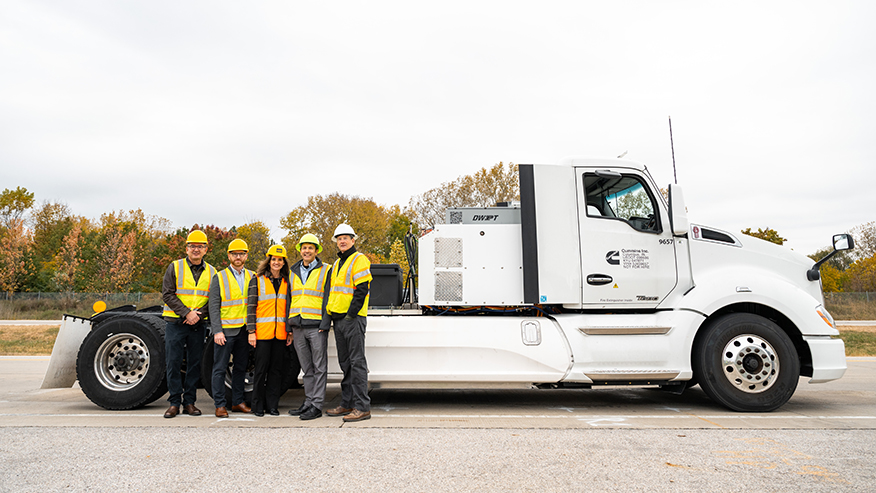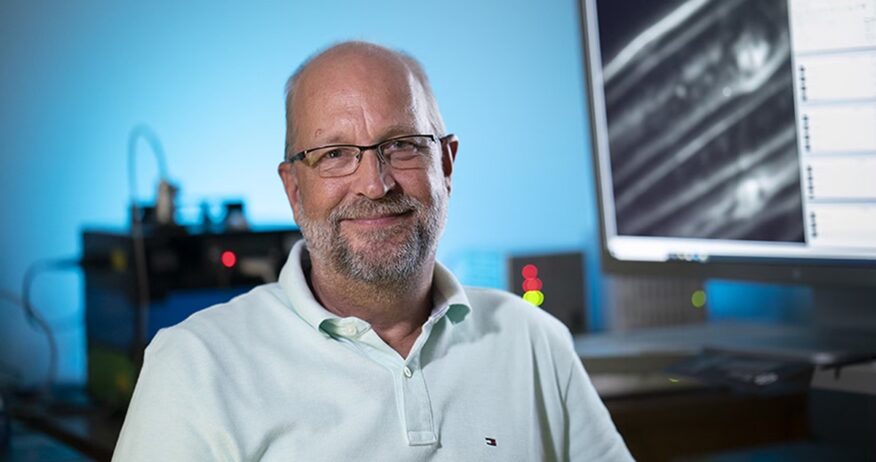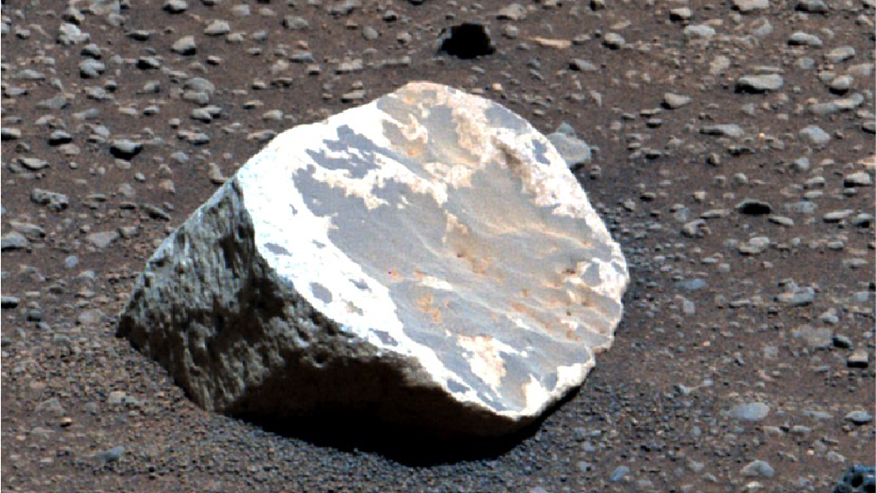Purdue animal sciences faculty members receive USDA grants for animal welfare research
Projects aim to improve conditions for laying hens and ducks

Faisal Riaz, a former Purdue University visiting scholar from Pakistan (left), and Esther Oluwabenga, a PhD student in animal sciences, work with chickens at the Animal Science Research and Education Center. Gregory Fraley has received a grant from the USDA’s National Institute of Food and Agriculture to improve poultry welfare by studying the visual system of ducks. (Purdue University photo/Tom Campbell).
WEST LAFAYETTE, Ind. —
Faculty members in Purdue University’s Department of Animal Sciences have received $1.4 million in grants from the U.S. Department of Agriculture’s National Institute of Food and Agriculture for research on safeguarding animal welfare. Both projects pertain to poultry production, a major contributor to the U.S. and Indiana economies.
Marisa Erasmus, associate professor of animal sciences, received a four-year, $793,000 grant to devise methods for improving laying-hen welfare against a parasite called the northern fowl mite. Gregory Fraley, the Terry and Sandra Tucker Endowed Chair of Poultry Science, has received a four-year, $647,000 grant to investigate how to improve poultry welfare through a better understanding of the visual system in ducks. Their grants are among 13 awards totaling $7.5 million allocated to 11 universities and the USDA Agricultural Research Service.
“One of the major health issues for laying hens is external parasites, but hens do not all respond to parasites in the same way,” Erasmus said. “Even though they look very similar, chickens have individual responses, and some are more susceptible to parasites than others.”
Erasmus is collaborating on her project with Luiz Brito, associate professor of animal sciences at Purdue, and Purdue alumna Amy Murillo, assistant professor of entomology at the University of California, Riverside. The team also is working closely with Hy-Line International, the world leader in egg-laying hen breeding, to address the issue.
“Indiana is a huge poultry state. We’re uniquely situated here to work closely with our poultry collaborators and industry stakeholders,” Erasmus said. “We’ll tackle the problem from different angles and hopefully provide some guidance as to what the industry can do to reduce the impacts of these external parasites.”
The northern fowl mite is the most economically costly to the nation’s egg industry, causing decreased welfare and lost production in millions of laying hens. Current methods to fight this scourge are limited, however.

The considerable individual variation among laying hens potentially offers genetic or genomic solutions to the problem. The Purdue-UC Riverside team is combining its expertise in animal behavior, genetics and genomics, and entomology to holistically understand how individual hens differ in their ability to resist mite infestations. Can chickens be bred, for example, to have certain traits that will make them more resistant to external parasites?
Another aspect of the research is the industry changeover from housing egg-laying chickens in cages to cage-free housing systems.
“Controlling pests in cage-free systems is more complicated and challenging than cages,” Erasmus observed. “These types of parasites are resistant to some insecticides. And we’re limited as to insecticides that can be used while making a product that’s going to be food for human consumption.”
Fraley is collaborating on his project with Darrin Karcher, associate professor of animal sciences, and Esteban Fernandez-Juricic, professor of biological sciences. Indiana is the largest duck-producing state in the nation, which is the world’s third-largest duck producer. Poor welfare and unwanted behaviors can lead to productivity losses that cost the duck industry millions of dollars a year.
Fraley’s team is working with two industry partners, Maple Leaf Farms and Culver Duck.
“Those two companies are the two largest duck producers in the United States,” Fraley said. “They’ve been absolutely fantastic partners, and they’re very interested in what we’re doing.”
All poultry species are seasonal breeders, meaning that they need long days to grow and lay eggs. “Other than that, very little consideration has ever been given to the lighting,” Fraley said. “Most of the lighting systems are designed for the benefit of the people that work with the animals, not really taking into consideration how it may affect the animals’ perception of their environment.”
Mammals, including humans, have three different types of color receptors and a grayscale receptor in their eyes. Bird eyes, meanwhile, have four or perhaps five different types of color receptors. They also have a double cone, a type of color receptor of unknown function. Scientists do know, however, that birds can see ultraviolet colors and probably some infrared.
“There is absolutely nothing in our human experience that can prepare us to understand how a bird visualizes its environment,” Fraley said.
Ducks, like chickens, often lay their eggs outside of their nest boxes, where they become covered in excrement and have to be thrown away.
“Maybe the lighting is such that they can’t really see their nest boxes if they’re far enough away. We don’t know what the problems are, but we’re trying to eliminate these unwanted behaviors that literally cost the poultry industry millions of dollars a year,” he said.
Writer: Steve Koppes
Media contact: Maureen Manier, mmanier@purdue.edu
Sources: Marisa Erasmus, merasmus@purdue.edu; Greg Fraley, gfraley@purdue.edu.
Agricultural Communications: 765-494-8415;
Maureen Manier, Department Head, mmanier@purdue.edu
Agriculture News Page
Note to journalists:
Photos, including images of Erasmus and Fraley, are available on Google Drive.



